The production giant is producing live coverage of the event for a wide range of domestic and international broadcasters
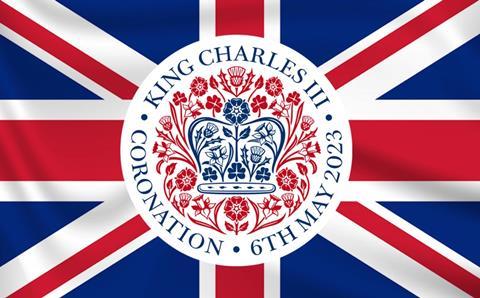
ITN is producing a wide range of coverage of the Coronation of His Majesty The King and Her Majesty The Queen Consort for audiences in the UK and overseas, across a range of platforms, on 6 May 2023.
To find out more about the scale of its operations and how long it’s been planning for the event, Broadcast Tech editor Jake Bickerton spoke to ITN head of technical productions, Jenny King, who’s playing a key role in facilitating the ambitious, large-scale production.
When did you start planning for the coronation of King Charles?
We’ve been planning it pretty much since London Bridge, since the Queen’s funeral. We knew it was coming, but we never had complete confirmation of when it would be, so we got the wheels in motion as soon as we could, once we had a bit of a breather from London Bridge.
It was quite noticeable during London Bridge how ITN tech and the wider company really pulled together – we were delivering what was arguably the biggest event we had ever covered and it was made even more challenging by the fact that we didn’t know when it was going to happen.
We were as unaware as the rest of the public, so we had to get everything going pretty quickly. Often people were doing jobs they wouldn’t necessarily be doing when it’s business as usual.
What are your plans for the coverage of the coronation?
We’re working for all these networks and we work across the news bulletins and also the event itself. A lot of other broadcasters have separate departments and teams to do that, whereas we are quite nimble as we can we do all of it, which in some respects makes it a bit easier because there’s one umbrella, but it also makes it harder because there’s a lot of different elements that we have to factor in.
We share footprint with Channel 4, Channel 5 and ITV – we look after the logistics of who’s going on when, and then in and around all of that we’ve got the special programme, which has its own complexities.
I’ve worked on the sports side as well at ITN. There are some similarities, but it’s a bit harder doing these royal events. We have a special events team at ITN who have contact with the Palace and we all have regular meetings with the DCMS [Department for Digital, Culture, Media & Sport]. What we’re reacting to is the design of the event. So, as soon as we know what the event is going to entail in terms of the route, the carriage, what’s happening in the Abbey or wherever it happens to be, we then have to react to that. But quite often we’re waiting for that information.
If you’re comparing it to an LOC [local organising committee, for a sports event], the DCMS and the Palace would be the equivalent of that.
Off the back of getting that information, we will then plan camera positions along the route. And we’ll work out where we want the studio and whether we can then have the studio there – there’s a lot of hoops that have to be jumped through to get to that point. And then obviously all the cameras that we put along the route, quite often the other broadcasters have cameras in similar places, so we do pool content as well.
It’s not as straightforward as a sport event because of the nature of it – we’re dealing with the Palace, dealing with London councils, and dealing with the DCMS, all of whom are incredibly helpful, but it’s challenging because we’re having to put a lot of cameras along what is essentially a very busy city. There are quite a few hoops we have to go through.
It sounds like quite a friendly situation between different broadcasters if you’re pooling certain resources?
We do have to work closely together. We particularly did over London Bridge and I think, given the scale of the event, we all knew that we would have to pull together, help each other out and be accommodating. We’re working very closely with them on site as well. But at the same time, it’s really important to have our own coverage, have our own mark on it and particularly, on the ITV side, that’s why we have our own cameras along the route, so we’ve got control of the mix. Having control of the mix in the various locations gives us control over the commentary, which is one of our unique selling points.
How many camera positions do you have along the route?
We plan at the moment on having about 50 cameras along the route. Until we start rigging, we’re never going to be completely sure. But we’ve got 50 ceremonial route cameras and then we have a studio at Canada Gate. And we’ve also got a stand up presentation position at the QE2 as well. And we have a couple of roving reporters in and around London, so that will wrap around the ceremonial coverage.
Are you doing it as an OB or are the feeds going to be remote produced?
One of the biggest challenges with these events is the connectivity. At ITN we are able to interconnect a lot of sites reliably and smoothly. We use a mix of fixed line connectivity – we’ve got wall boxes in and around various places in London that we can rock up and plug into, which is really handy for events such as these. And we also use a lot of satellite cellular delivery, but we have to scale up everything. The wall boxes are only really there for day-to-day news bulletins, whereas for this we are broadcasting and delivering a number of different feeds. We work very closely with outside broadcast companies and we will sub-mix in a lot of the locations on the route and send those back to Grays Inn Road to be mixed in two galleries.
We’ve got a gallery which produces the ITV special programme and then the other gallery produces our international feed.
There are some complicated delivery methods that we have to put in place, but using the infrastructure we have works and is the smoothest way. We work closely with the OB providers such as EMG, Prolink and Globecast to find the best solution for each location.
And how many of these sub-mixes will you need to do for 50+ cameras?
We’ll do three sub-mixes along the route and we’ve also got another outside broadcast happening at an RAF location that will be another sub mix. And then for the studio element, we will long line the studio at Canada Gate and we will mix that directly at Grays Inn Road. And then we’ll mix the other presentation position locally.
You’re also innovating with network sliced 5G, aren’t you?
Yes, we’re doing a couple of proof-of-concepts around the coronation. We’re working closely with Vodafone and LiveU on a proof-of-concept where we’re looking at slicing the 5G public network, in a particular area, to give us as a broadcaster, a guaranteed bandwidth.
Cellular network is often unreliable and often impossible in crowded places and at large events. So, if this trial works, it could be the future of cellular broadcasting and a gamechanger in news gathering, because we’re essentially pulling a portion of that network purely for us.
It does reduce the public’s network, but we want to trial it for this event. We’ve been discussing it for some months now, but it’s taken quite a lot to get to this point. It will be interesting to see how it works.
I think this is one of the aspects of 5G that will really benefit us as a news broadcaster. But I think it’s often difficult to trial these things and so we wanted to take this opportunity to give it a go.
For news gathering, we’d usually go to a location which is often busy with a LiveU and just use the standard 5G that anyone would use on a mobile phone. If it’s particularly busy, your network is reduced. And so, if we’re trying to broadcast live off that network, there’s no guarantee. So often the pictures are flickery or fuzzy or we may not get any at all. When you’re in the field, you’ve always got that risk with a live operation and this takes that risk away because we would essentially have a sliced amount we could use.
Please also tell me about the new trucks you’re utilising for this event
The new trucks are definitely a step forward from where we were on London Bridge, and I think that’s one of the key differences really between London Bridge and the Coronation.
They’ve been built and designed in a way they can be scaled up or down, which is great for the flexibility we need within ITN. For the Coronation, we’re using one of the trucks at Canada Gate as a Technical Operation Centre, so it’s essentially our MCR on the ground.
And we’ll be putting about 48 signals in and out of that truck so we can monitor feeds. And then the second truck is going to be used as a multi camera OB at the RAF location that I mentioned. So those are two very different ways of using it.
Quite a lot of work has gone into the design of them by our field engineering team and, knowing about the Coronation, they have been configured specifically in a way for us to use them at Canada Gate and the RAF location. They have been quite specifically designed at this stage for the Coronation, but post-Coronation they can be used in a number of different ways.
I still think there is a need for satellite trucks of some description. And I think the benefit of the new production vehicles is the scalability and the fact the comms are a lot better. We would have probably had to put another scanner in to do this operation, but instead we can do it in this new production vehicle, which does help a lot.
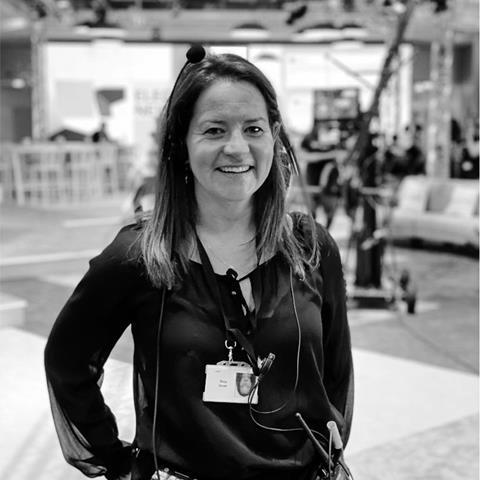


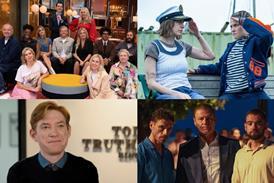






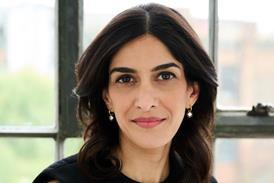
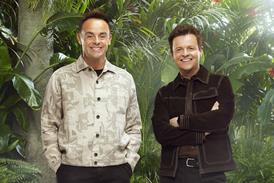
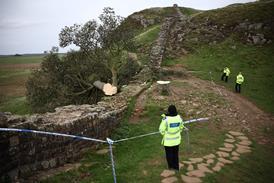
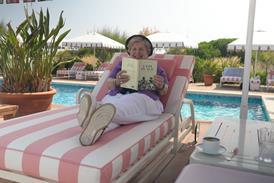
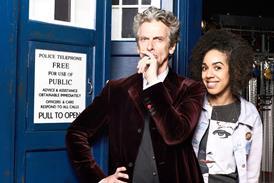
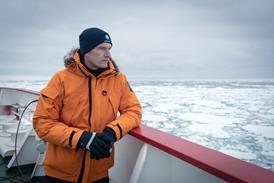

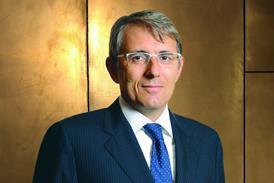


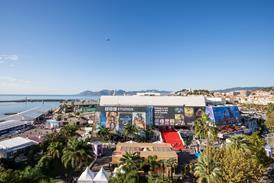
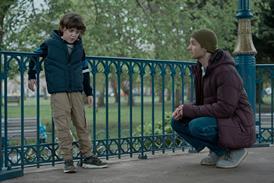








No comments yet